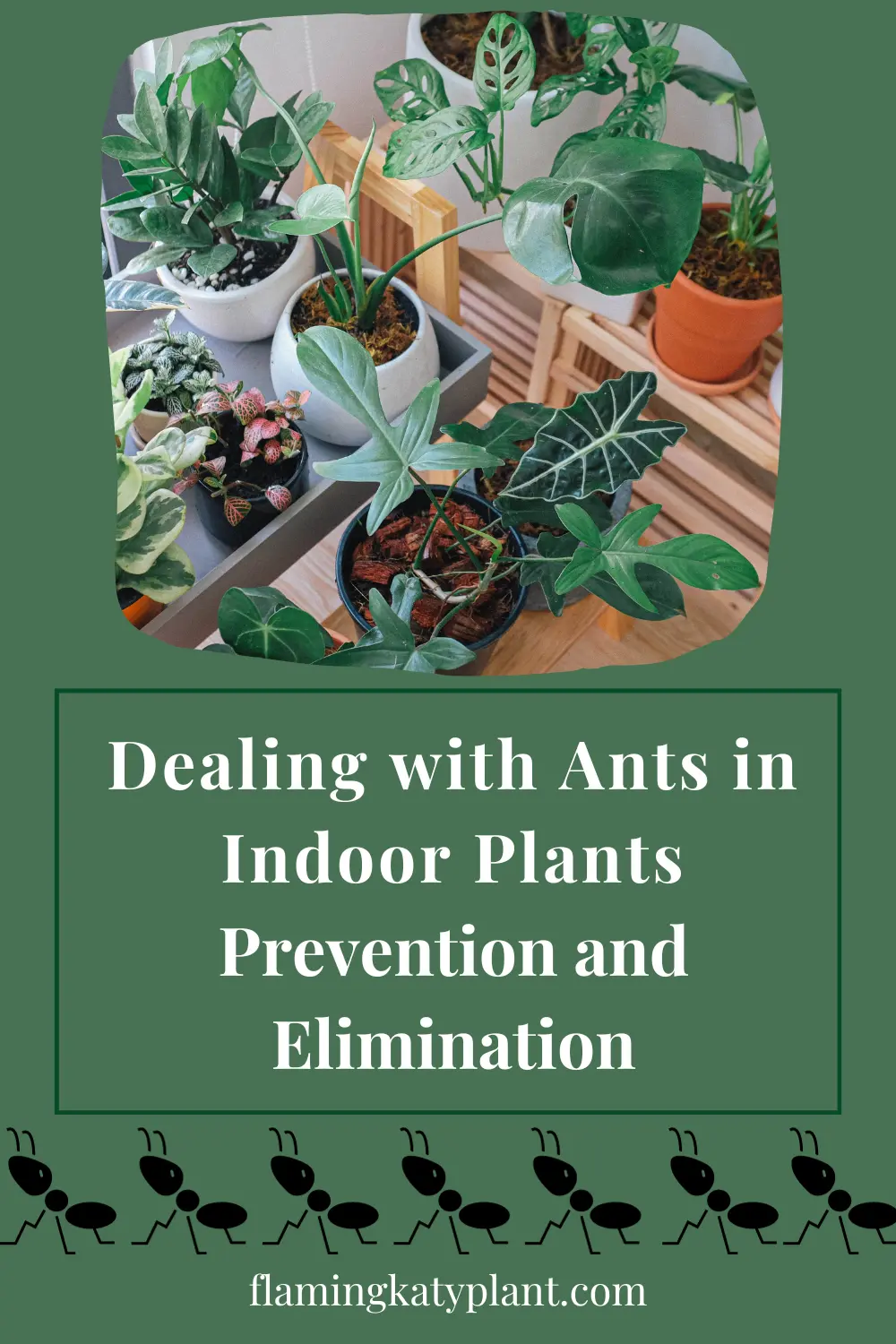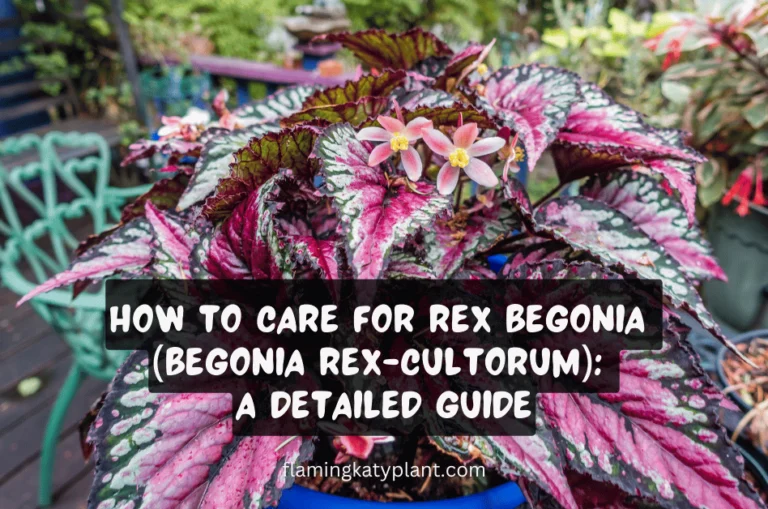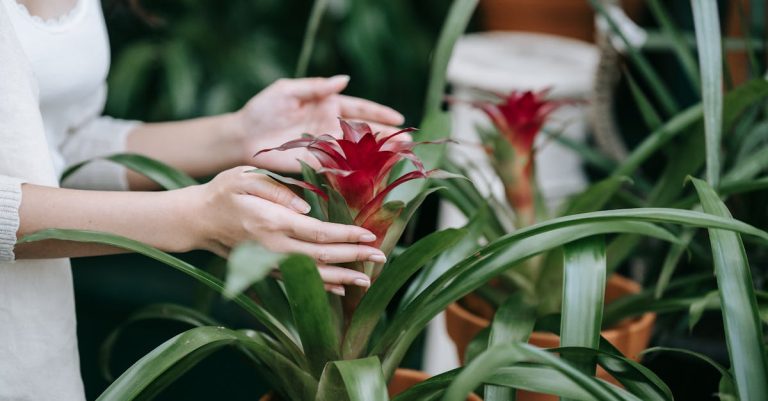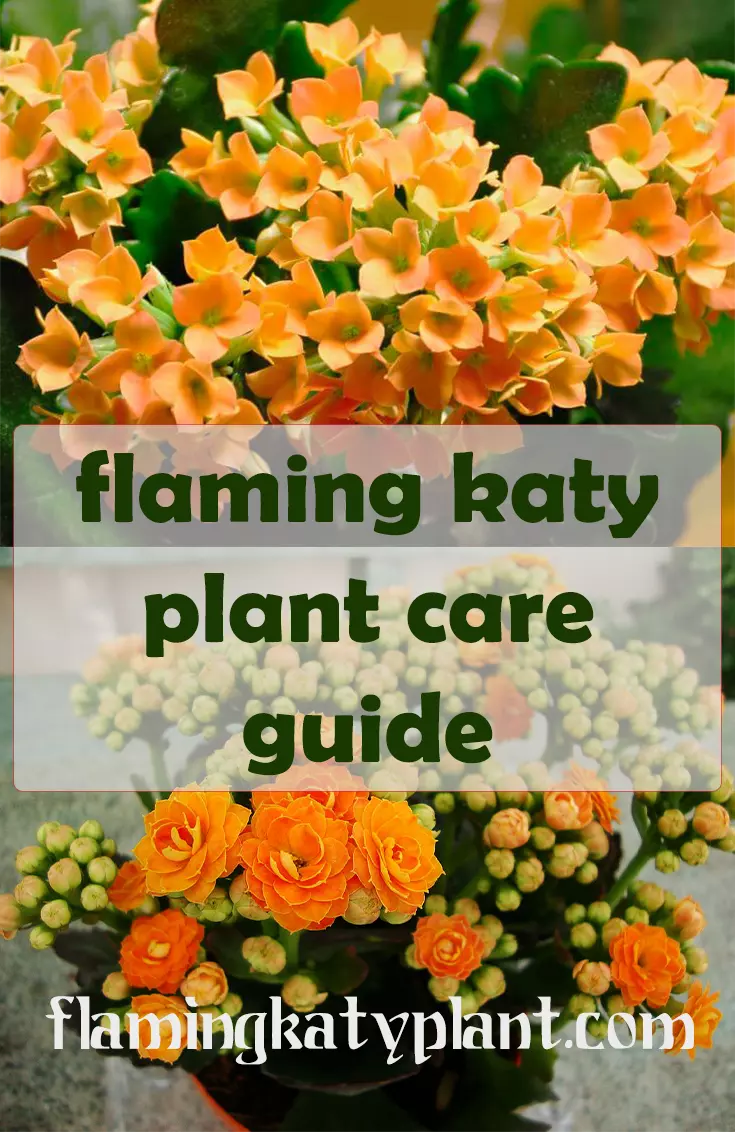Dealing with Ants in Indoor Plants: Prevention and Elimination
Introduction
Indoor plants can add a touch of nature and freshness to your living space, but they can also attract unwanted guests in the form of ants. Ants may enter your home in search of food, shelter, or because your plants provide a suitable environment for their colonies. Dealing with ants in your indoor plants can be a frustrating experience, but with the right approach, you can not only eliminate the issue but also prevent it from happening again.

Identifying the Problem
The first step in addressing an ant problem in your indoor plants is to identify the root causes. Ants are often attracted to sugary or sticky substances, such as honeydew produced by plant pests like aphids. Check your plants for signs of infestation and treat any pest issues you find. Cleaning up any spilled food or drinks near the plants is also crucial, as even small traces can attract ants.
Prevention and Elimination
To prevent ants from infesting your indoor plants, take several measures. First, seal entry points in your home where ants may be entering. Common entry points include cracks in walls, windows, or doors. Using weatherstripping or sealant can effectively keep ants out. You can also elevate your plant pots on trays filled with water or use ant moats, as ants cannot cross water barriers.
Using natural deterrents can be an eco-friendly approach. Sprinkle cinnamon around the base of your plants, as ants tend to avoid it. A mixture of water and vinegar or lemon juice can also serve as a barrier to keep ants at bay. If the problem persists, consider using commercial ant baits. These baits attract ants and effectively eliminate the colony. Follow the instructions on the product carefully, as misapplication can be counterproductive.
Maintenance and Vigilance
Maintaining a clean environment is crucial for keeping ants away from your indoor plants. Regularly clean your home and the area around your plants to remove any food residue that might be attracting ants. Additionally, monitor your plants for signs of ant activity and take action as needed. It may take some time to fully eliminate the ant problem, as you’ll need to disrupt their foraging patterns and remove their food sources.
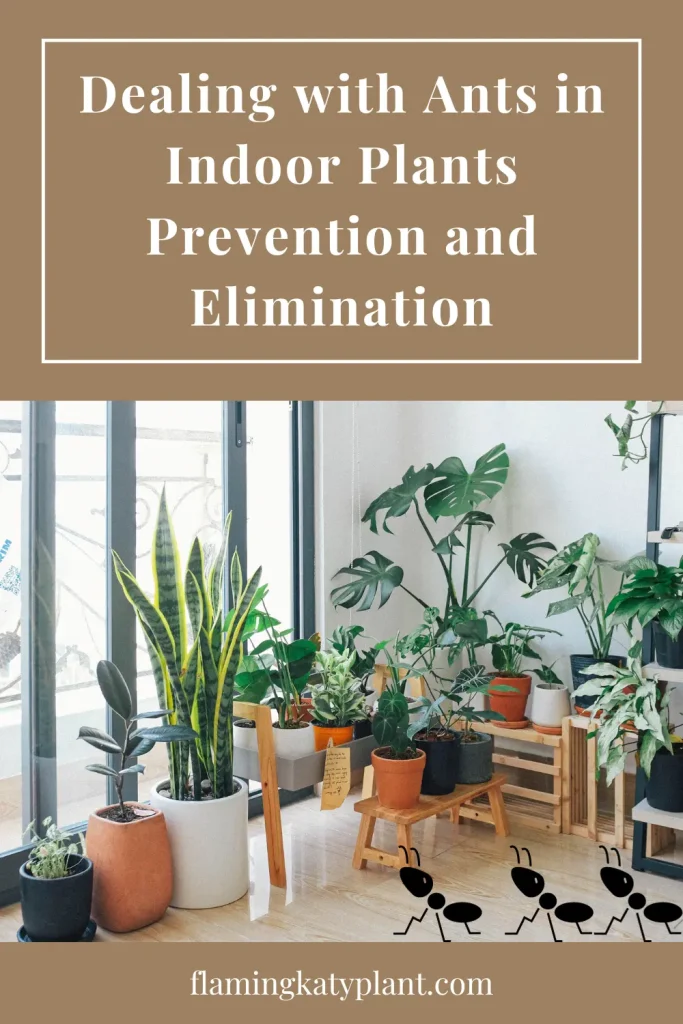
Conclusion
Dealing with ants in indoor plants is a manageable task when you follow these steps. By identifying the problem, taking preventative measures, using natural deterrents, and maintaining a clean environment, you can effectively eliminate ants from your indoor plants. Remember that consistency and patience are key to keeping your living space ant-free. With these efforts, you can enjoy the beauty of your indoor plants without the hassle of unwanted ant infestations.
